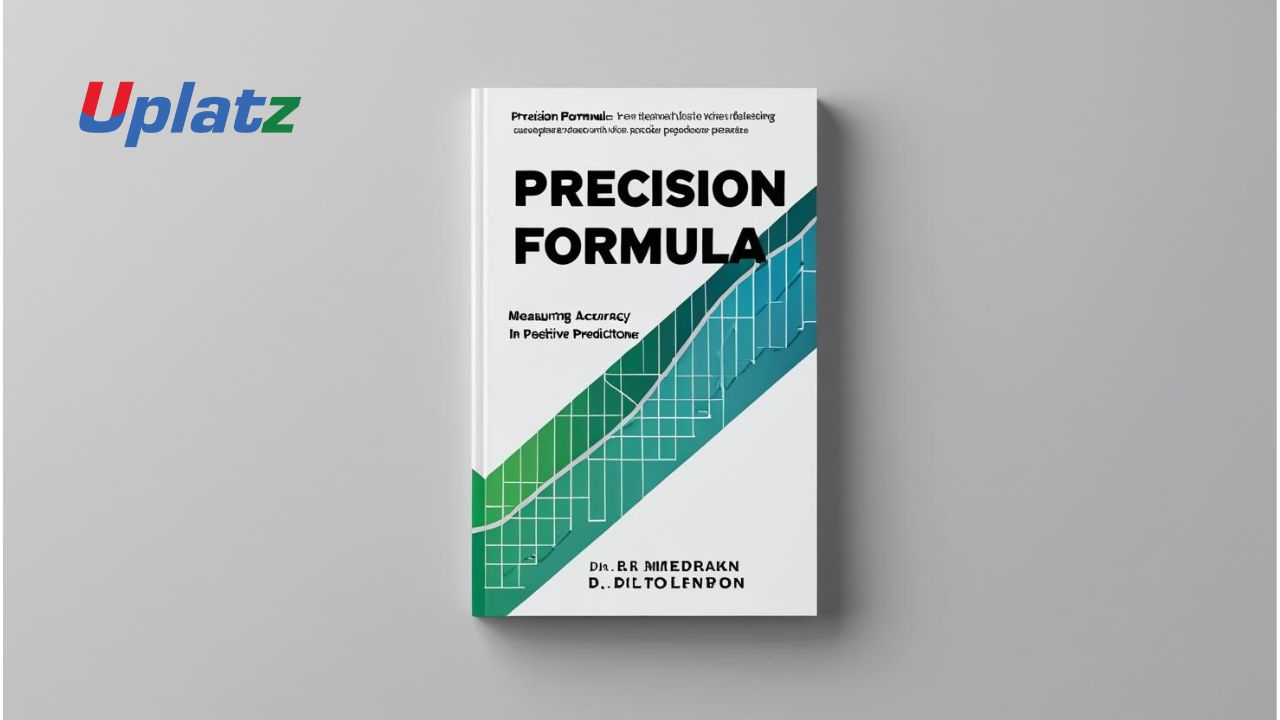 🔹 Short Description:
🔹 Short Description:
Precision quantifies how many of the predicted positive cases were actually correct. It’s crucial when the cost of false positives is high.
🔹 Description (Plain Text):
The precision formula is a core metric in classification problems, particularly when false positives carry serious consequences. It measures the proportion of true positive results in all cases that were predicted as positive. In simple terms, it answers: “Of all the positive predictions the model made, how many were actually correct?”
Formula:
Precision = TP / (TP + FP)
Where:
- TP (True Positives) – Correctly predicted positive outcomes
- FP (False Positives) – Incorrectly predicted as positive when actually negative
Example:
In a cancer detection model:
- If the model identifies 30 patients as having cancer, and 24 actually do (TP), but 6 don’t (FP),
Then:
Precision = 24 / (24 + 6) = 0.80 or 80%
Why Precision Matters:
Precision is especially important in scenarios where false positives can cause harm or lead to wasted resources. It’s a way to measure the trustworthiness of positive predictions. If you’re building a spam detector, precision ensures that emails flagged as spam truly are spam — not important messages.
Real-World Applications:
- Email filtering: Avoiding classification of legitimate emails as spam
- Medical screening: Ensuring that positive diagnoses are accurate
- Fraud detection: Reducing the number of false fraud alerts
- Search engines: Ensuring top results are truly relevant
- Marketing: Accurately identifying potential buyers in a campaign
Key Insights:
- Precision focuses on quality over quantity in positive predictions
- High precision = fewer false positives
- Often used alongside recall to balance model performance
- Valuable when the cost of a false positive is high (e.g., unnecessary surgery, financial alerts)
- Can be tuned using thresholds in probabilistic models
Limitations:
- Precision alone doesn’t account for false negatives — a model may have high precision but miss many actual positive cases
- Can be misleading when used in isolation
- Needs to be evaluated alongside recall and F1-score for a more complete picture
- In highly imbalanced datasets, precision may appear high even if the model misses many actual positives
Precision is a key performance metric for any classifier that needs to be careful with positive predictions, especially in sensitive or high-risk domains. It helps you build systems that are accurate and trustworthy in what they flag as important.
🔹 Meta Title:
Precision Formula – Improve Positive Prediction Accuracy in Machine Learning
🔹 Meta Description:
Learn how to use the precision formula to evaluate classification models. Discover how precision helps reduce false positives, where it’s most useful, and how it works with recall and F1-score in spam detection, fraud analysis, and healthcare prediction.
